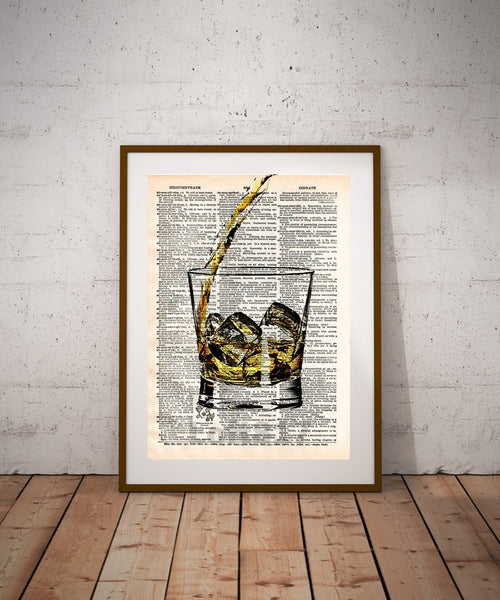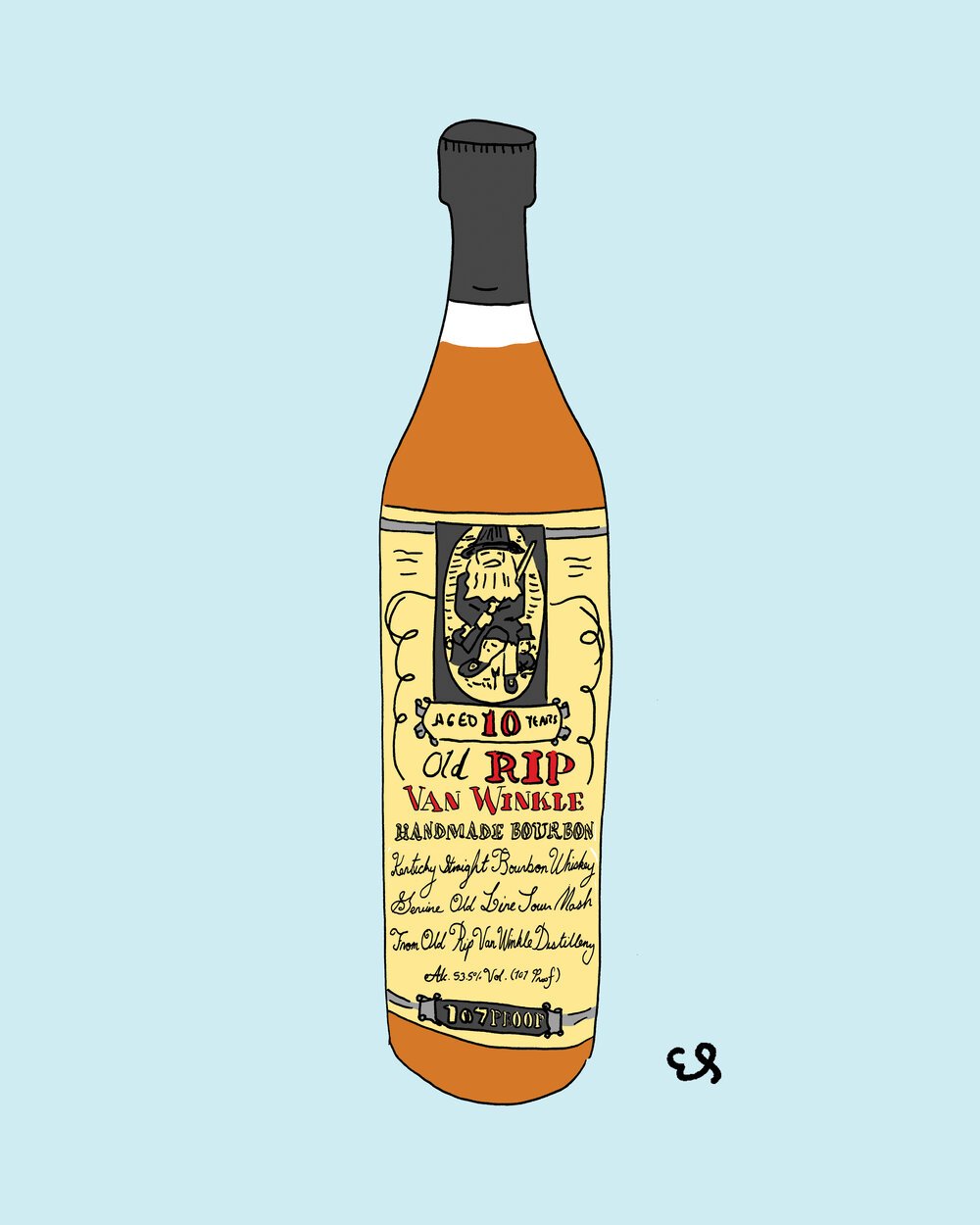Realism Art in the Whiskey Market: Depicting Moments of Purification
Realism Art in the Whiskey Market: Depicting Moments of Purification
Blog Article
The Significance of Whiskey Art in Celebrating Heritage and Workmanship in the Beverage Sector
The intricate partnership in between scotch art and the celebration of heritage and craftsmanship within the beverage industry can not be overemphasized. With thoughtfully designed tags and containers, bourbon brand names envelop their historic origins and the artisanal skills that specify their manufacturing approaches.
The Historic Roots of Whiskey
At the heart of bourbon's appeal lies a rich tapestry of historic origins that trace back to ancient people. The beginnings of scotch can be linked to the distillation methods of the Sumerians and Babylonians around 2000 BCE, where early kinds of fermented grain beverages started to emerge. It was in the Middle Ages that the art of purification evolved dramatically, especially in Ireland and Scotland, leading to the development of whiskey as we understand it today.
The term "scotch" itself obtains from the Gaelic word "uisce beatha," meaning "water of life." This expression highlights the cultural relevance of whiskey in Celtic cultures, where it was typically connected with rituals, celebrations, and public bonding. By the 15th century, distillation came to be an acknowledged craft within monastic areas, paving the means for the establishment of lawful distilleries.
As profession routes broadened, scotch's appeal expanded, going beyond local boundaries and catching the interest of aficionados worldwide. Whiskey Art. This historic trip shows not just the craftsmanship behind bourbon production but likewise its indispensable duty in cultural and social contexts, noting it as a substantial drink throughout background
Artistic Expression in Branding
Whiskey branding stands as an engaging crossway of artistry and business, where visual identity plays a vital function in shaping consumer understanding. The appearances of scotch labels, product packaging, and marketing materials show not just the brand's tale however likewise its core values and heritage. Via creative expression, distilleries share a narrative that resonates with customers, stimulating feelings and triggering links.
The usage of shade, typography, and images in branding offers to separate products in a saturated market. For instance, traditional motifs might stimulate a sense of authenticity and workmanship, while contemporary designs can signify technology and forward-thinking. This strategic imaginative instructions enhances brand name acknowledgment and commitment, permitting consumers to build an individual relationship with the scotch they pick.
Furthermore, imaginative expression in branding typically serves as a party of local heritage. Distilleries often integrate regional symbols or historic references right into their layouts, creating a local color that invites consumers to take part in a broader cultural experience. Eventually, the virtuosity behind bourbon branding not just enhances aesthetic appeal yet additionally enriches the overall narrative of the brand name, cultivating a much deeper gratitude for the craftsmanship and heritage embedded in each container.
Workmanship in Container Layout
The virtuosity evident in whiskey branding extends beyond aesthetic identity to include the craftsmanship associated with container layout. Each container offers as a vessel not simply for the spirit within, yet additionally for the tale it informs concerning its high quality, beginning, and tradition. The layout procedure needs precise interest to information, as components such as form, closure, and material add dramatically to the general assumption of the bourbon.
Craftsmanship in bottle design includes choosing top notch glass that can enhance the whiskey's color and quality, while additionally supplying a tactile experience for the customer. The shape of the bottle have to be both useful and visually attractive, often showing the heritage of the brand name. Many distilleries choose one-of-a-kind forms or embossed logos that stimulate a feeling of authenticity and history.
Moreover, the label layout and typography play an essential function in connecting the brand name's story. Whiskey Art. A well-crafted container not just astounds the consumer's eye however likewise enhances the brand's dedication to quality and practice. In this means, the workmanship of bottle style ends up being an essential aspect of the whiskey experience, combining virtuosity with an extensive regard for heritage
Social Importance of Whiskey Art
Commemorating custom and craftsmanship, the cultural importance of scotch art transcends mere aesthetic appeals, intertwining with the social and historical stories of the areas where it comes from. Each bottle serves as a canvas, portraying the unique stories, folklore, and traditions that have shaped local whiskey-making practices. The intricate designs usually show the heritage of the distillers, incorporating signs and motifs that reverberate with the society and worths of their neighborhoods.

On top of that, bourbon art plays an essential role in communal events and parties, offering as a concrete link between individuals and their shared experiences. By valuing the creativity in bourbon packaging, customers grow a deeper understanding and Limited Edition respect for the craft, eventually improving their satisfaction of the beverage itself.
Modern Trends in Bourbon Presentation
In the last few years, the presentation of scotch has progressed to mirror modern preferences and patterns while still honoring typical craftsmanship - Realism Art. Distilleries are significantly concentrating on visual elements that enhance the general drinking experience, linking the gap in between heritage and modernity
Cutting-edge container styles have actually emerged, usually integrating lasting products and creative tags that tell compelling stories. Many brands now work together with local artists, instilling their items with one-of-a-kind aesthetic expressions that reverberate with customers. In addition, limited-edition launches are commonly packaged in collectible containers, including value and charm for connoisseurs.

Verdict
In conclusion, whiskey art serves as an important channel for revealing the heritage and workmanship intrinsic in the drink sector. Via detailed branding, cutting-edge container layouts, and culturally substantial artistic elements, bourbon brand names properly recognize their practices and attach with customers.


Craftsmanship in bottle style includes picking high-quality glass that can improve the whiskey's color and quality, while additionally giving a tactile experience for the consumer. In this method, the workmanship of container layout comes to be a vital aspect of the whiskey experience, merging creativity with a profound respect for heritage.
In final thought, scotch art offers as an essential avenue for sharing the heritage and workmanship inherent in the drink market.
Report this page